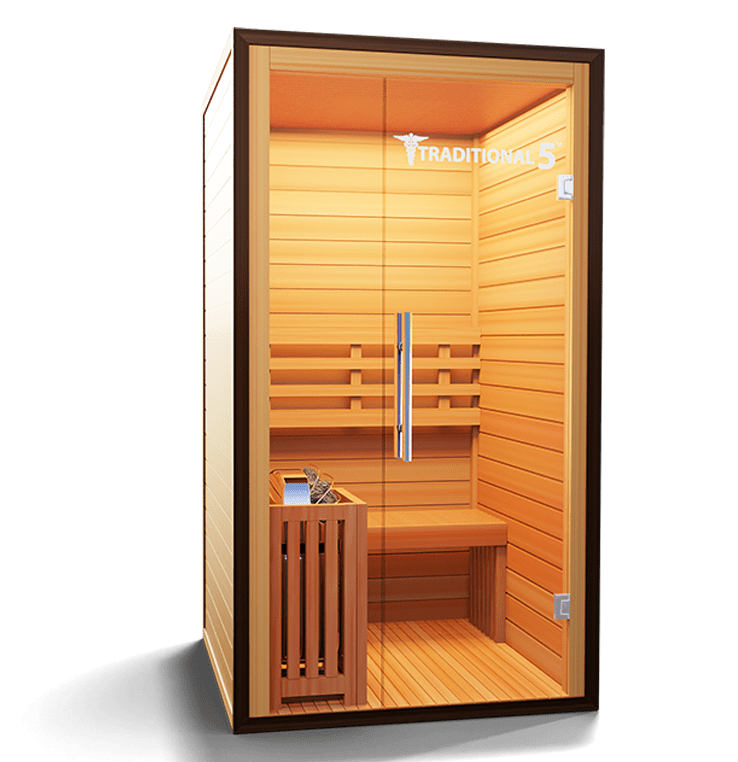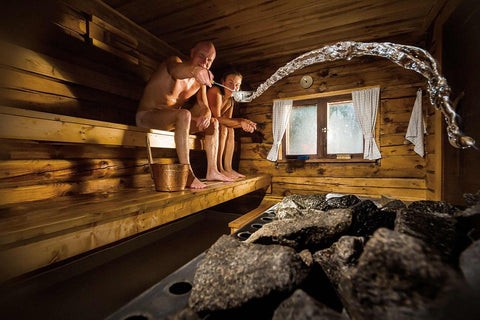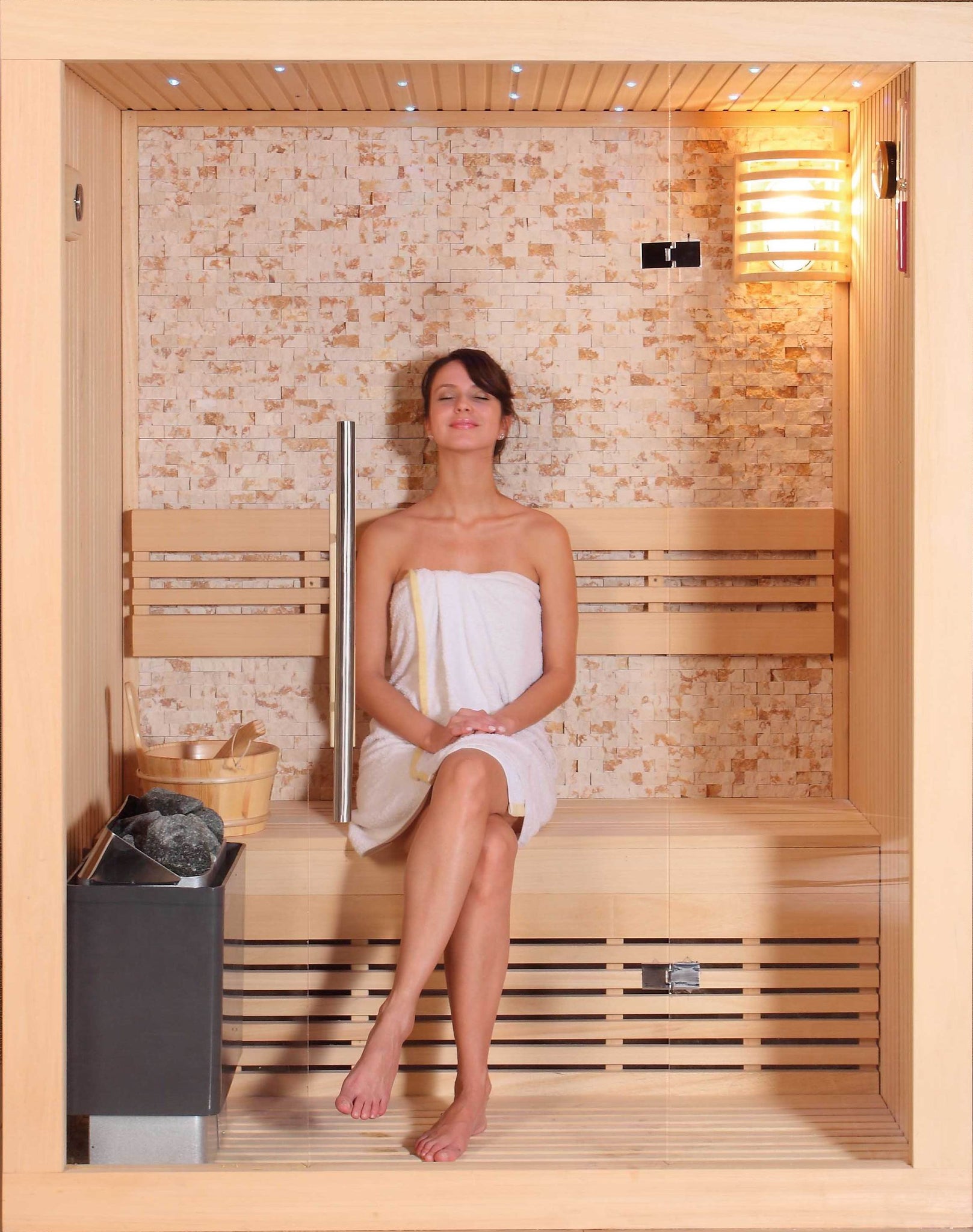Little Known Questions About Traditional Sauna.
Little Known Questions About Traditional Sauna.
Blog Article
A Biased View of Traditional Sauna
Table of ContentsWhat Does Traditional Sauna Do?A Biased View of Traditional SaunaHow Traditional Sauna can Save You Time, Stress, and Money.See This Report on Traditional SaunaWhat Does Traditional Sauna Do?
The majority of the weight lost in a sauna is water loss and is re-gained upon rehydrating. However, undoubtedly sauna can be an essential component of a healthy fat burning program. To consider the distinctions between traditional and IR saunas, I will certainly separate these into proven, academic, and fabricated distinctions.Therefore, the most popular point in the saunawhich goes to the ceiling straight over the sauna heateris generally in between 185 and 190 F. Claims that a standard sauna exceeds 200 F is merely not true and not appropriate for electric saunas sold in the United States. The temperature for a far-infrared sauna is typically set between 120 and 140 F; nevertheless, unlike the conventional sauna, the objective in and IR area is not to achieve a high temperature level.
Due to the fact that of this, the temperature difference is almost pointless, considering that profuse sweating results in both sauna types, but the technique of heating up the body is various. In an IR sauna the bather will feel warm and will sweat profusely, but at much lower temperature levels (Traditional Sauna). Therefore, if the objective is to invest longer amount of times in the sauna, the IR sauna is a good option
When a standard sauna has been appropriately heated, the sauna wall surfaces are cozy, the air temperature has actually accomplished established temperature level and the rocks are extremely warmed. As an interesting side note, the heated walls and the rocks are giving off far-infrared warmth, incorporated with the warmed air, to produce an "covering warmth".
The 5-Second Trick For Traditional Sauna

When the high temperature is achieved, the elements cycle on and off to preserve the high temperature level. The majority of traditional sauna users delight in pouring water over the rocks to create steam to elevate sauna moisture levels. The advantages of pouring water over the rocks consist of: making the room extra comfy, dampening the nasal flows, and allowing the usage of aromatherapy by mixing important oils with the water.

When the power enters the body, it causes the body temperature level to boost and ultimately leads to sweating. In an infrared sauna it is necessary for the emitters/heaters to remain on practically frequently. Considering that there is no mass of rocks to preserve heat, the sauna will certainly cool pop over here if the emitters shut down.
As pointed out above, the sauna bather in an infrared room intends to position himself before running emitters to obtain optimal gain from the heat. The heating time for both rooms can be extremely various, depending upon exactly how the areas are utilized. For a typical sauna, a bather ought to permit 30-40 minutes for the room to attain a preferred temperature and to appropriately pre-heat the rocks.
Traditional Sauna - Questions
A well built sauna will commonly achieve a temperature of 150-160 F in regarding 30-40 mins. For hotter temperature levels, the room may need to warmth for a longer duration.

Typical saunas tend to be bigger (for this reason make use of more electrical energy) than infrared saunas, although typical saunas are certainly readily available in one and 2 person dimensions. For a two-person standard sauna, 5x6 or 5x7 dimension is most prominent. The leading bench can conveniently seat 2 or three individuals and is likewise long enough to rest during the sauna session.
Everything about Traditional Sauna
The typical cost per kWH of power in the U.S. is about $0.11, so a 4.5 kW heating unit will certainly cost roughly $.50 click for source to run for one hour, if the heater runs constantly for one hour. Generally a sauna heater will compete 75% of the first hour and 50% of succeeding hours on since the aspects cycle once the set temperature level is achieved.

Finally, there is a hardly ever talked about distinction in the social experience between the two areas. While our culture has actually shed some of the social benefit of the traditional sauna experience, it can be extremely socially gratifying (Traditional Sauna). From family members time in the sauna, to heart-felt discussions with considerable others, to sauna partiesthe standard sauna experience can lead to intimate mingling
Our Traditional Sauna Statements
Many higher end infrared spaces include tinted light treatment, noise systems and full-glass fronts.
Report this page